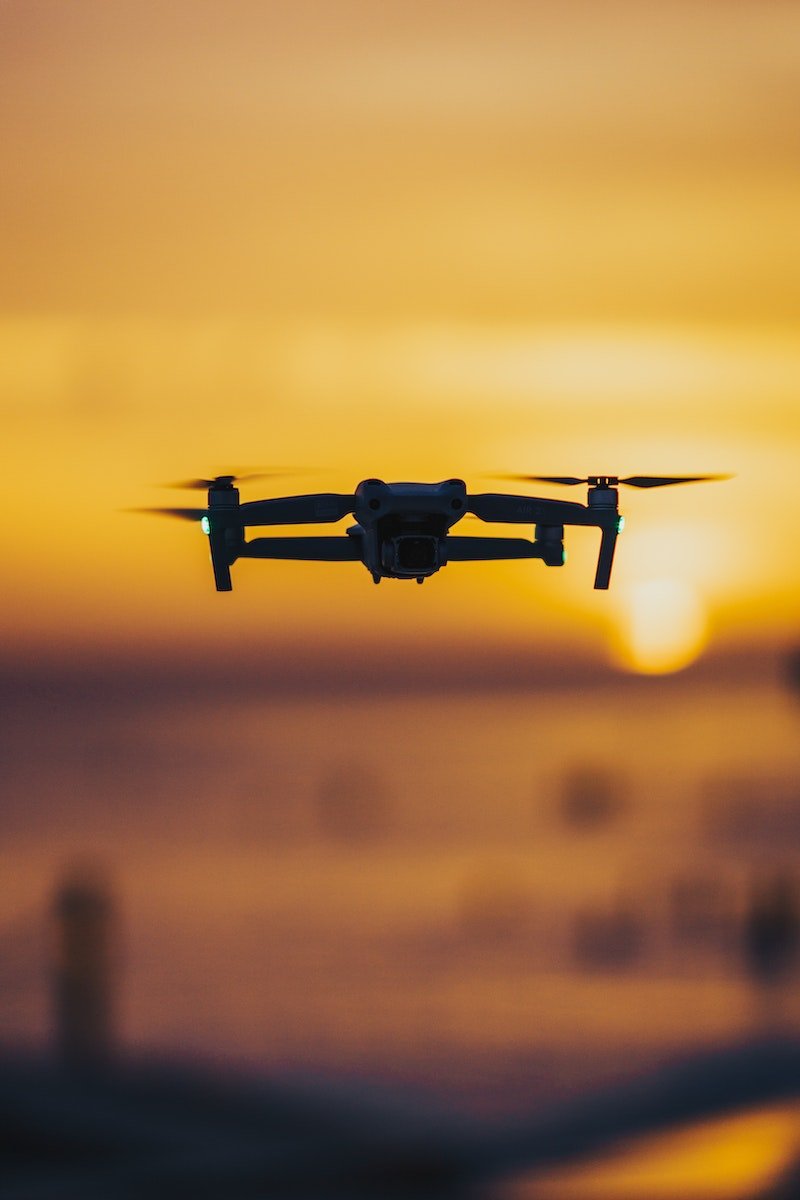In a rapidly evolving sequence of events, the use of drones in warfare has come to the forefront of the ongoing tensions between Russia and Ukraine. The Russian Defense Ministry recently reported the interception and destruction of Ukrainian drones in the Kaluga and Moscow regions, signaling a surge in the employment of unmanned aerial vehicles (UAVs) as instruments of modern warfare.
Russian Air Defenses Respond to Ukrainian Drones
Moscow Mayor Sergei Sobyanin disclosed on his Telegram channel that during the night, Russian air defenses successfully neutralized drones in the Kaluga Region and the Istra district. These drones, as per Sobyanin, had an ominous objective – to launch an attack on the Russian capital, Moscow. Fortunately, the immediate aftermath of the incident indicated no collateral damage or casualties at the sites of the downed drones. On-site emergency services swiftly launched their operations to secure and investigate the affected areas.
This wasn’t an isolated incident. Over the past weeks, Russia has been beleaguered with a series of drone attacks. What is more, the country has pointed fingers at Ukraine, holding its western neighbor responsible for orchestrating these drone strikes.
A Week of Escalating Aerial Tensions
Only a day before the recent incident, the Russian Defense Ministry revealed that their air defenses had neutralized two more Ukrainian drones. One of these UAVs met its end over the Black Sea in close proximity to the contentious Crimean Peninsula. The other drone was intercepted over the Kursk region. This slew of drone interventions did not end there. On Sunday, yet another drone, purportedly belonging to Ukraine, was brought down over the Belgorod region. The Russian authorities believe this drone had a malicious intent — to conduct a terror strike on Russian assets.
These developments come in the wake of a devastating drone strike at the Pskov airport in western Russia on August 30. The magnitude of this attack was evident from the destruction of four Il-76 transport aircraft. Corroborating these claims, Ukrainian authorities stated that this surprise overnight drone attack had caused significant damage.
For context, the Pskov airport isn’t just any airstrip. As per its official website, at the time of the drone assault, it served as a base for Russia’s 334th Military Transport Aviation Regiment, which operates the Il-76 aircraft.
The BBC reported that local sources and even an official from the Ukrainian government confirmed the involvement of Ukrainian military intelligence in this audacious operation.
Ukraine Flexes Its Military Might
The backdrop to these incidents also reveals a proactive stance from the Ukrainian side. Ukraine’s President Volodymyr Zelenskyy, on August 31, proudly announced the successful testing of a new domestically-produced long-range weapon. This weapon, as stated by Zelenskyy, reached a staggering distance of 700 kilometers to hit its intended target. This revelation, reported by the Kyiv Independent, showcases the evolving military capabilities of Ukraine.
Maria Zakharova, the spokesperson for the Russian Foreign Ministry, did not mince words when she addressed these developments. In a weekly briefing, she confidently asserted that Ukraine could not have successfully targeted deep Russian territories without satellite intelligence from the West. She further cautioned Ukraine, asserting that such aggressive actions will have consequences and will not go unpunished.
A Two-Way Street: Russia’s Drone Operations
However, it’s imperative to understand that the drone warfare isn’t one-sided. Ukraine has also been on the receiving end of drone-led offensives. A notable instance of this is the recent drone strike on Ukraine’s port infrastructure in the southern Black Sea city of Odessa. The fallout of this attack, as reported by the regional authorities, resulted in injuries to two civilian port workers.
Serhii Bratchuk, a spokesperson for the Ukrainian volunteer army unit “South,” used the Telegram platform to disclose that this attack triggered a fire in one of the port’s infrastructure facilities.
To illustrate the intensity of this aerial warfare, official data from Ukraine’s Air Force suggests a high rate of interceptions. They claim to have successfully intercepted 22 out of 25 Shahed-136 and Shahed-131 kamikaze drones that were launched against them.
Concluding Remarks
The recent wave of drone attacks and interceptions underscores the shifting paradigm of warfare in the 21st century. As the Russian-Ukrainian conflict unfolds, the mutual deployment of drones showcases the strategic importance of UAVs in modern military operations.
The image of the dual military-civilian use Princess Olga Pskov International Airport, taken on August 31, is a grim reminder of the new-age warfare. The sight of four destroyed Il-76 transport aircraft, victims of the drone strike on the night of August 30, symbolizes the significant impact and potential of drones in the theater of war.
As nations across the world watch these developments with bated breath, the hope remains for peaceful resolutions and a cessation of hostilities. Yet, the rapid technological advancements, particularly in the domain of UAVs, will likely shape the contours of international conflicts in the years to come.
Read More:
